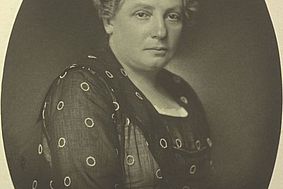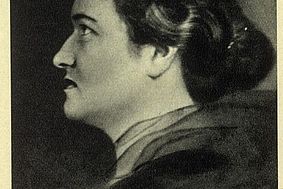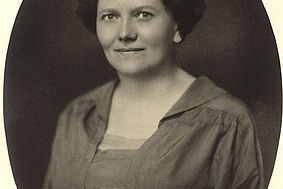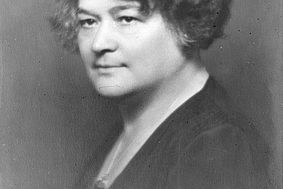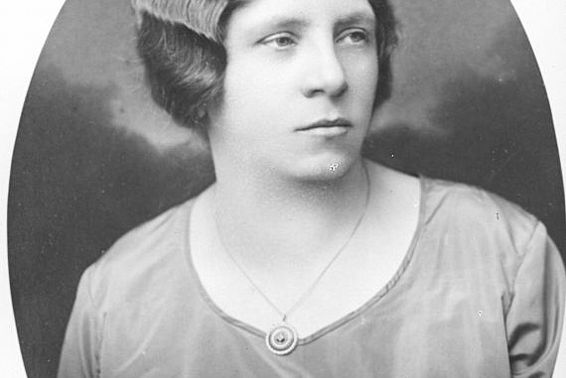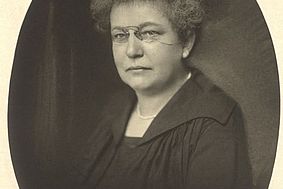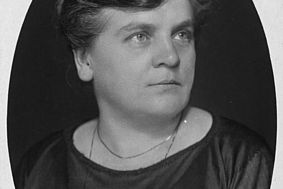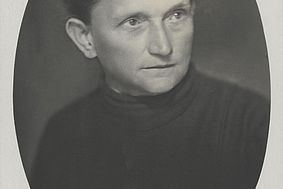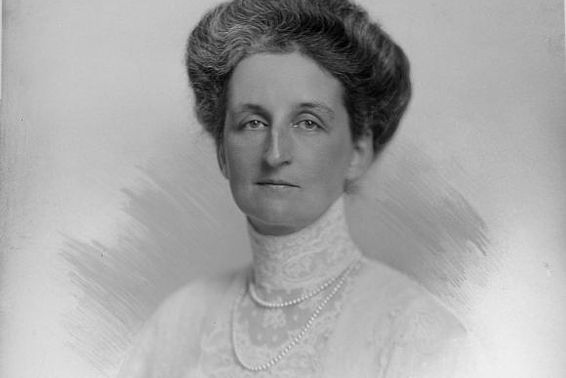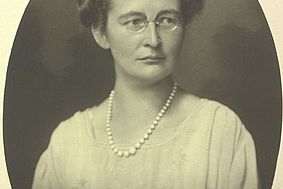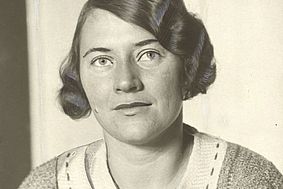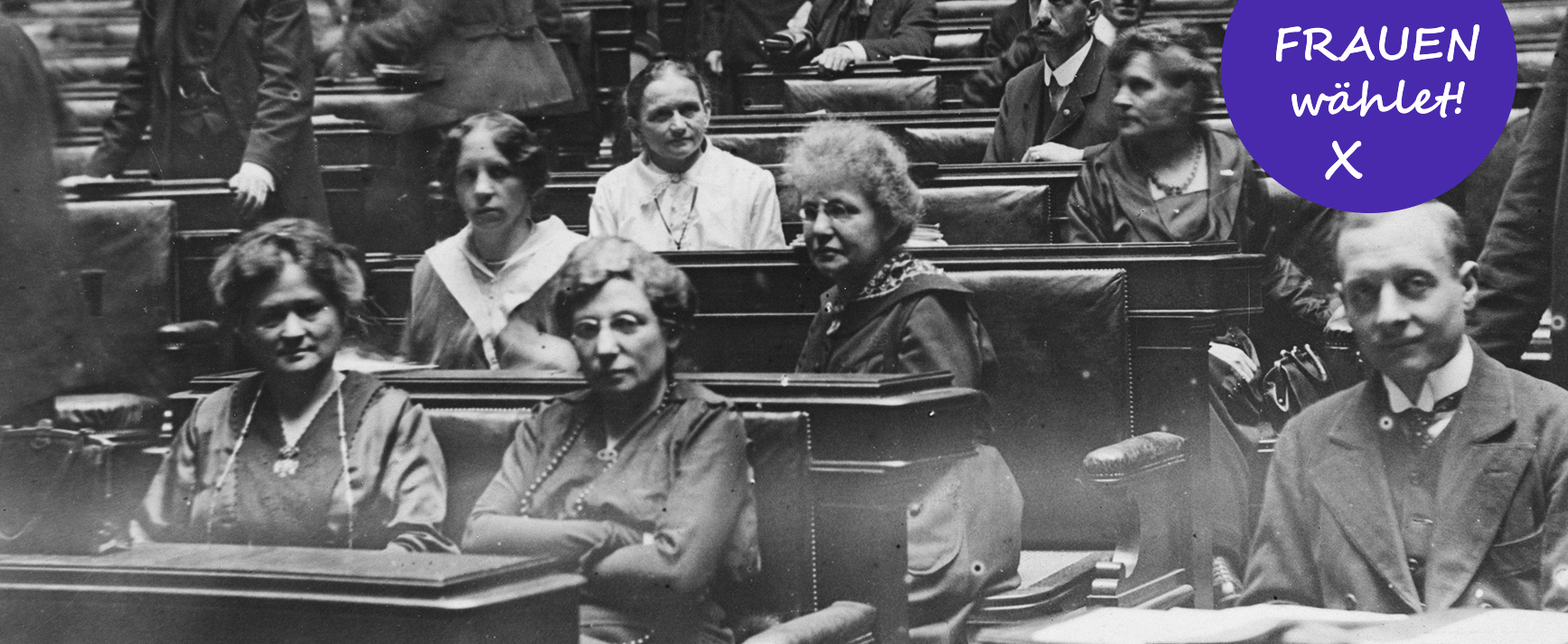
Women in Parliament
By 1919 the time had come. Women could finally vote and could also stand for election. The first women entered Parliament: of the 170 deputies on the National Constituent Assembly, eight were women – only 4.7% of deputies – seven from the Social Democratic Workers Party and one from the Christian Socialist Party. Overall, the percentage of women on the National Council in the First Republic would only increase marginally.
Those eight women had long been politically active – nearly all as part of the Social Democratic Women’s Movement. Many came from working class families and wanted to use their work in Parliament to campaign against social injustice and gender discrimination.
The first speech by a woman in Parliament was made by » Adelheid Popp and concerned the abolition of the nobility.
» Maria Tusch was the only woman from one of the Federal States, Carinthia, to enter the National Assembly in 1919.
The first legislation prepared and introduced by women was the Domestic Servants Law which replaced the old Servants’ Regulations in 1920. » Anna Boschek, an early trade unionist, masterminded its progress. The law on the eight-hour working day also bore her stamp, as did bills on rest periods, ban on night work and factory inspection.
» Emmy Freundlich often asked to speak in the National Council, mainly on economic matters but also on nutrition and consumer issues. Acknowledged as an economic politician, she became the only woman member of the League of Nations Economic Section.
1925 saw the passing of the “Lex Rudel-Zeyneck” governing the maintenance rights of single mothers, which came into being with the help of » Olga Rudel-Zeynek, a Christian Socialist. In 1927 she became the first President of the Federal Council and therefore the first woman in the world to be leader of a parliamentary institution.
The first female Federal Council members in December 1920 were » Marie Bock, » Fanny Starhemberg and » Berta Pichl. The first Austrian woman in government was the communist » Hella Postranecky, but not until the Second Republic. She held office as Undersecretary for Public Nutrition in the Renner Provisional Government from April to December 1945.

